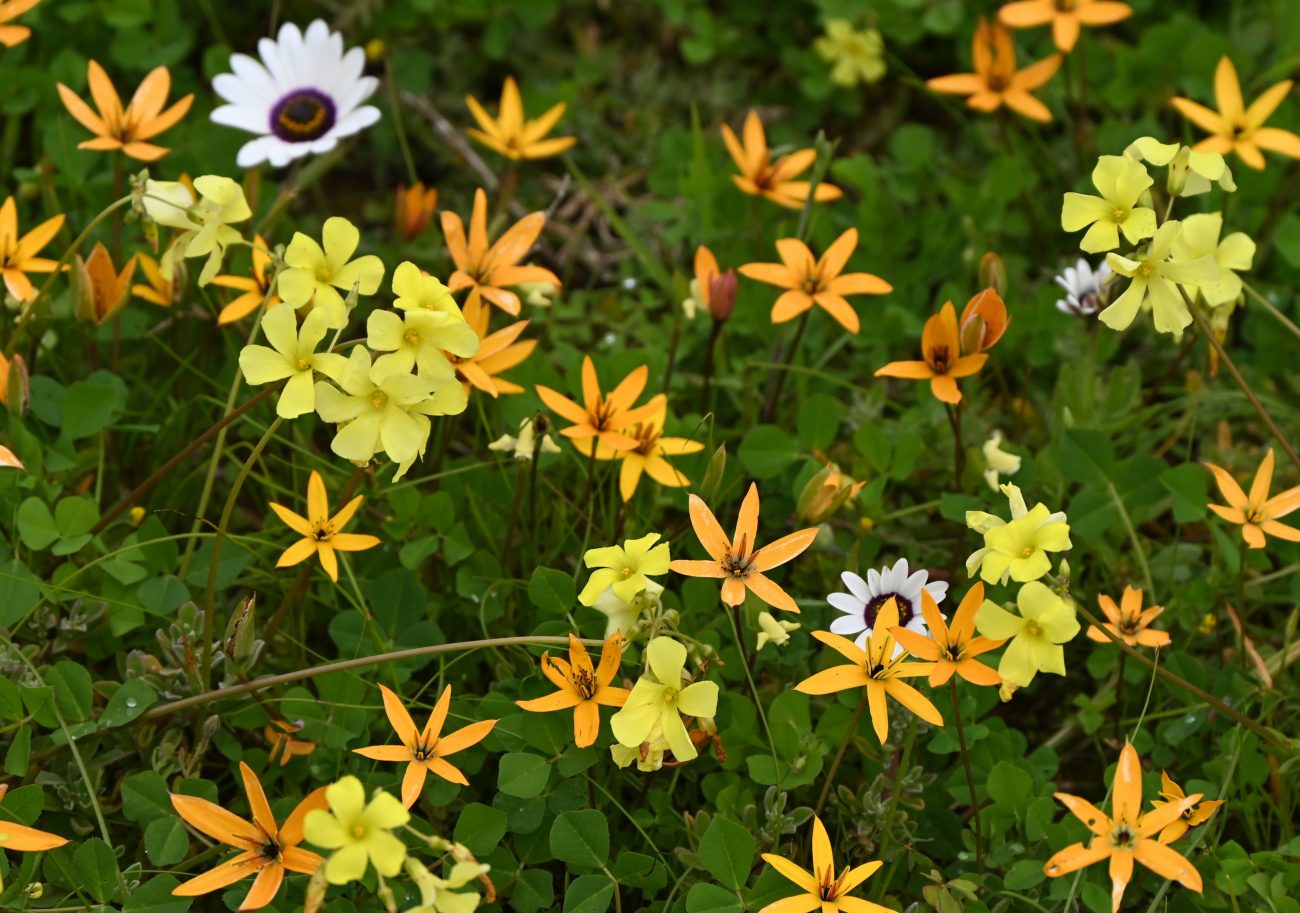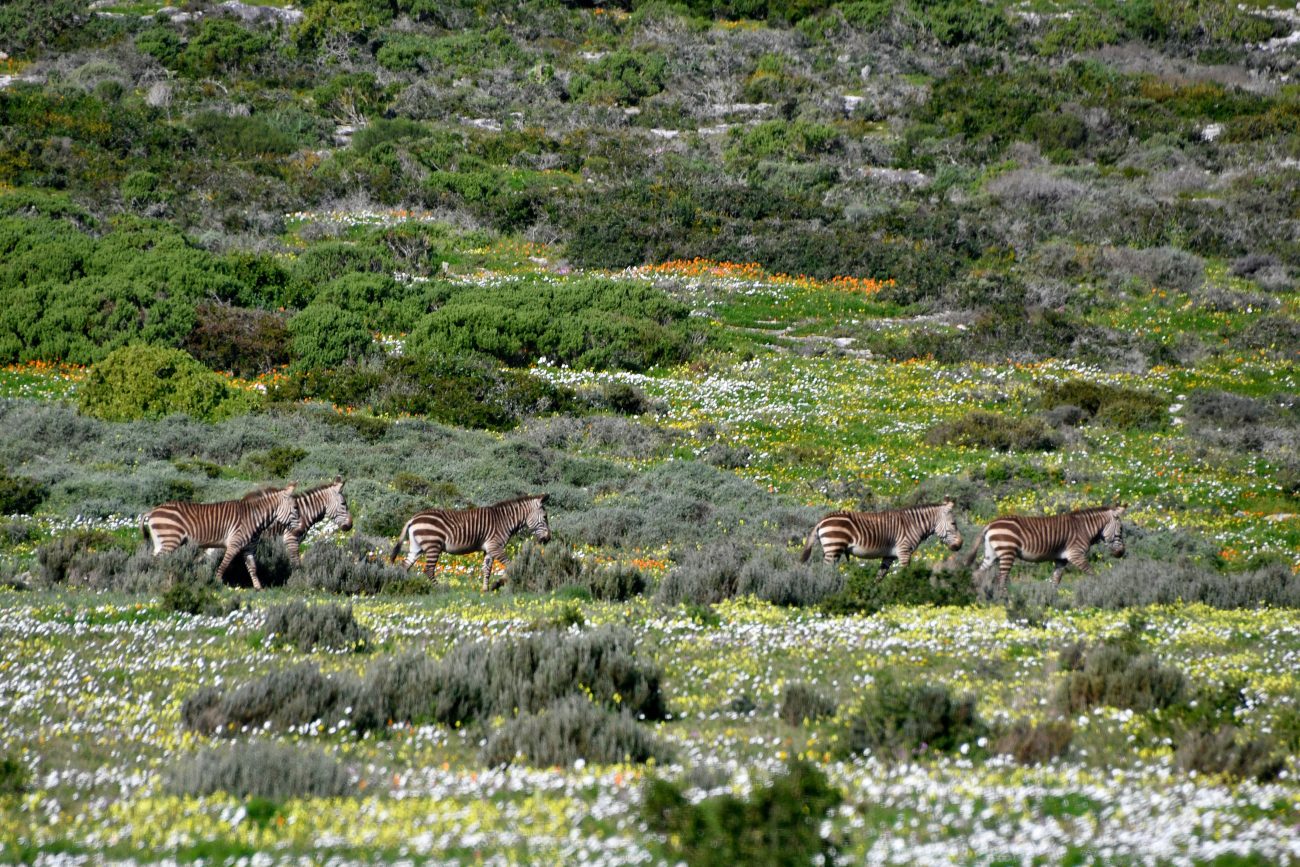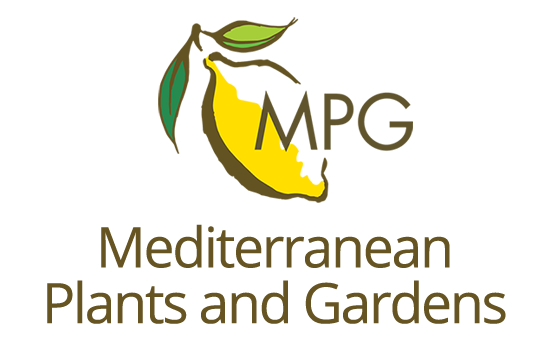Day 11 – Sunday 24 August
West Coast National Park
We were now on the West Coast area of the Cape. Around 1200 species of flowering plants grow in a strip about 50km wide along the coast of the Western Cape from Melkbosstrand in the south to Veldriff and the Berg River in the north. The area receives 125-350 mm rainfall per year, mainly between April and September. The flowers on the low coastal plains are the result of relatively nutrient rich sandy soils of marine origin. There is also open scrub vegetation called Strandveld, growing on sandy, relatively nutrient-rich calcareous soils. The most characteristic vegetation type is Sandveld, a type of Fynbos that occurs on deep, well drained, nutrient-poor soil and supports a vegetation without tall shrubs. Granite outcrops are also prominent features here, along with some limestone outcrops, providing further habitats. There are also some areas of shale-derived soils supporting Renosterveld vegetation.
Today we would spend the whole day in the West Coast National Park. The park encircles the azure waters of the Langebaan Lagoon, a marine protected area and RAMSAR wetlands site. The Postberg Section, in the north-west tip of the peninsular that encloses the lagoon, is one of the springtime flower highlights of the West Coast. Frank said that the park has fairly intact natural vegetation, so there are fewer daisies, here pale yellow Oxalis pes-caprae was the dominant flower. It was a sunny Sunday and the driving route was popular with other vehicles also stopping to observe the huge range of plants.

Spring flowers in the Postberg Section

Oxalis pes-caprae and Pauridia liniaris

Gladiolus caeruleus

Moraea fugax

Albuca flaccida

Roepera flexuosa

Geissorhiza lewisiae

Lachenalia pallida

Salvia aurea
At the Plankiesbaai promontory ground-hugging plants grew on the windswept limestone hill. As we had seen in other locations, close to car parks made for great botanising and there were many species near the Uitkyk picnic area.

Cleretum bellidiforme at Plankiesbaii

View across the lagoon from Uitkyk

Pelargonium fulgidum

Diascia capensis
Leaving the Postberg section we were delighted to see many animals including Cape mountain zebra, angulate tortoise and antelope including eland, steenbuck and springbok. We also saw many birds including ostrich, blacksmith lapwing, spur-winged goose, southern black korhaan and black headed heron. I was excited to later discover I had caught a rather blurry snap of a caracal, an elusive wild cat.

Cape mountain zebra

Southern black korhaan (Afrotis afra)
In the late afternoon sun we visited the Seeberg Viewpoint, on top of a granite outcrop on the north-east shore of the lagoon. There were fabulous views of the lagoon and apparently as far as Table Mountain and the Cederberg Mountains on clear days. The whitewashed cottage is reputed to have been built by a Dutchman who carried stones from the base of the hill up in bags. Plants grew between boulders and in shallow depressions. It had been a fabulous day, rich with wildlife sightings and a very long list of plant names.

Seeberg viewpoint

Lachenalia quadricolor

Helichrysum revolutum

Satyrium odorum

